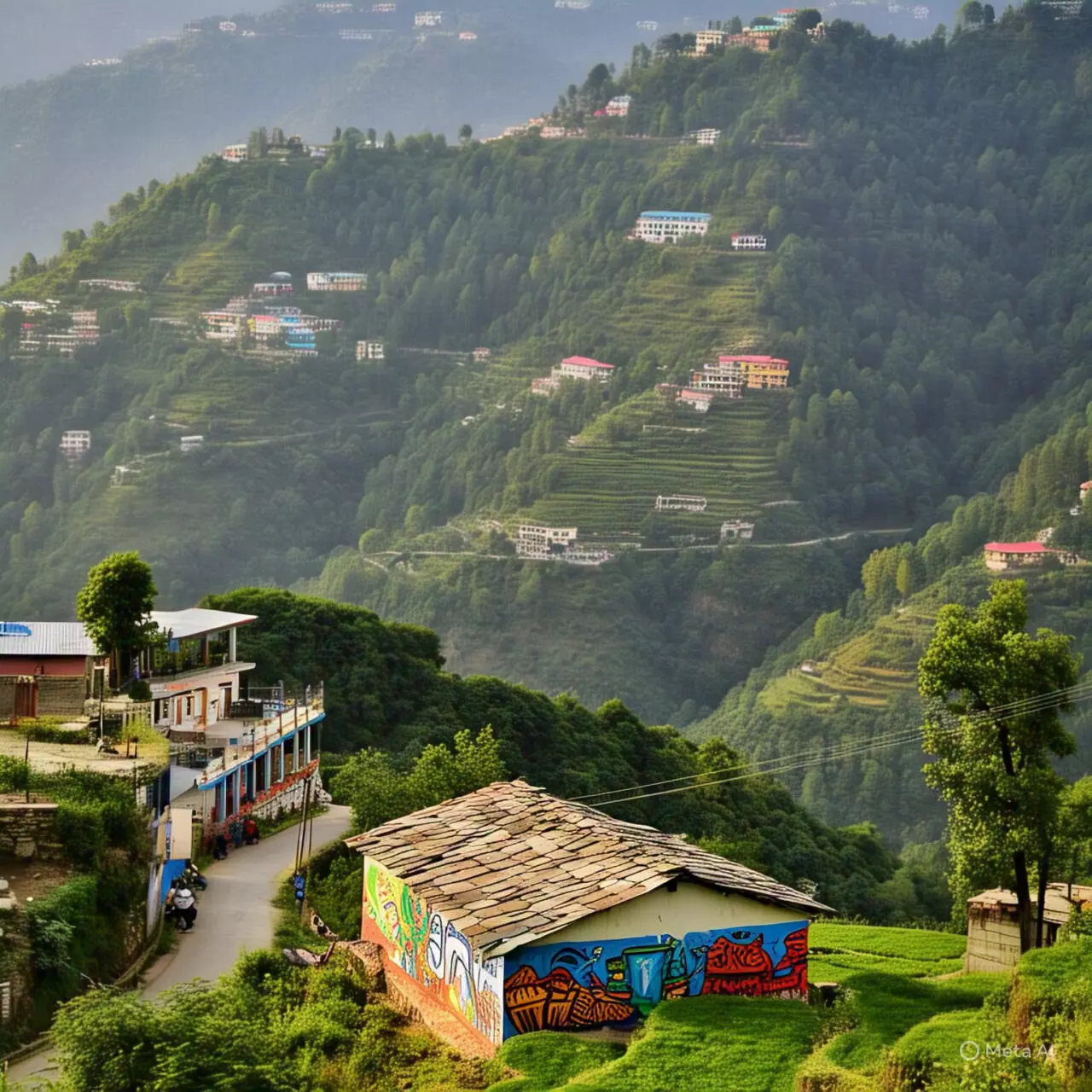Dual Capitals in Hilly States: Political Sentiment or Real Development?

The idea of having dual capitals in Indian states, especially hilly regions like Uttarakhand, Himachal Pradesh, and the erstwhile Jammu & Kashmir, was rooted in the aspiration of equitable regional development. However, over the years, the execution of this idea has been more symbolic than substantive, often resulting in inflated public expenditure with minimal gains to the local population. An in-depth examination reveals that the dual-capital model has, in many ways, failed to bring about the promised change, instead functioning as a political tool to appease regional sentiments rather than a viable administrative strategy.
Uttarakhand is one of the most illustrative examples of this phenomenon. The state, carved out of Uttar Pradesh in 2000, designated Dehradun as its temporary capital. Over the years, demands rose for a capital in the hills to ensure representation and development in the mountainous regions. This led to the declaration of Bhararisain as the summer capital in 2020.
Located in the remote Gairsain region of Chamoli district, Bhararisain was hoped to bridge the developmental gap between the plains and hills. However, despite investing hundreds of crores (Rs 150–200 crore, according to various reports) in building an assembly complex and associated infrastructure, Bhararisain remains a largely ceremonial hub. It hosts assembly sessions for barely 3–5 days a year. Most administrative offices and the state secretariat continue to operate from Dehradun. Even basic amenities like regular water supply are lacking in Bhararisain—water tankers are deployed during assembly sessions to cater to the temporary surge in demand.
The disconnect between policy announcement and implementation has led to widespread dissatisfaction among locals. The recent protests by residents highlight the stark contrast between government claims and on-ground reality. Without secretariats, directorates, or administrative machinery operating from Bhararisain, expecting equitable development is unrealistic.
Himachal Pradesh also follows a bi-capital model, with Shimla serving as the summer capital and Dharamshala functioning as the winter capital. Although Dharamshala does host winter sessions of the legislative assembly and houses some government offices, the administrative machinery still heavily leans toward Shimla. The cost of maintaining two capitals has never been publicly justified through tangible developmental benefits to the hill districts around Dharamshala.
In the case of the erstwhile Jammu & Kashmir, before its reorganization into two Union Territories in 2019, the state followed the Durbar Move practice—shifting the entire capital from Jammu to Srinagar and vice versa every six months. This biannual shift cost the exchequer approximately Rs 200 crore every year. The inefficiency of the practice, coupled with the security and logistical challenges, made it a subject of national debate. Eventually, after the revocation of Article 370 and bifurcation, the Durbar Move was scrapped.
The concept of multiple capitals is not inherently flawed. States like Maharashtra and Andhra Pradesh have explored it with some success due to their better connectivity, geographical layout, and relatively balanced infrastructural development. For instance, Maharashtra operates from both Mumbai and Nagpur, with Nagpur hosting the winter session of the legislature and several administrative offices. The connectivity and flat terrain make such arrangements more manageable.
In West Bengal, Chief Minister Mamata Banerjee relocated several government departments and secretariats to Howrah, just across the Hooghly River from Kolkata. The proximity allowed administrative continuity and has gradually fostered the parallel development of Howrah. However, the success of such a model lies in actual decentralization of governance, not in symbolic sessions or temporary announcements.
Hilly regions pose unique challenges—terrain, poor connectivity, disaster vulnerability (landslides, avalanches, cloudbursts), and lack of infrastructure. Any policy that ignores these limitations is bound to fail. Unlike Howrah or Nagpur, regions like Bhararisain or Dharamshala are not easily accessible. A capital, by definition, must host the administrative and executive branches of government—not just a legislative building.
Until the entire bureaucratic machinery functions from such locations, the idea remains hollow. It becomes merely a strategy to garner votes by showing token respect to regional aspirations without providing meaningful governance.
The dual capital experiment in hilly Indian states has so far generated more expenditure than empowerment. With hundreds of crores spent on building infrastructure that remains underutilized, there is an urgent need to assess whether the current model is sustainable or equitable.
If the government truly intends to ensure regional parity, it must go beyond symbolic gestures. It must:
• Ensure full administrative functioning from the second capital.
• Develop all-weather connectivity to the remote capital.
• Provide basic infrastructure like water, health, and education.
• Regularly rotate departmental operations to foster inclusive growth.
Until then, Bhararisain and similar "summer capitals" will remain monuments to political sentiment, not instruments of regional development. If governance continues to be concentrated in more accessible cities, the idea of dual capitals in hilly states may be remembered more for its costs than its contributions.
